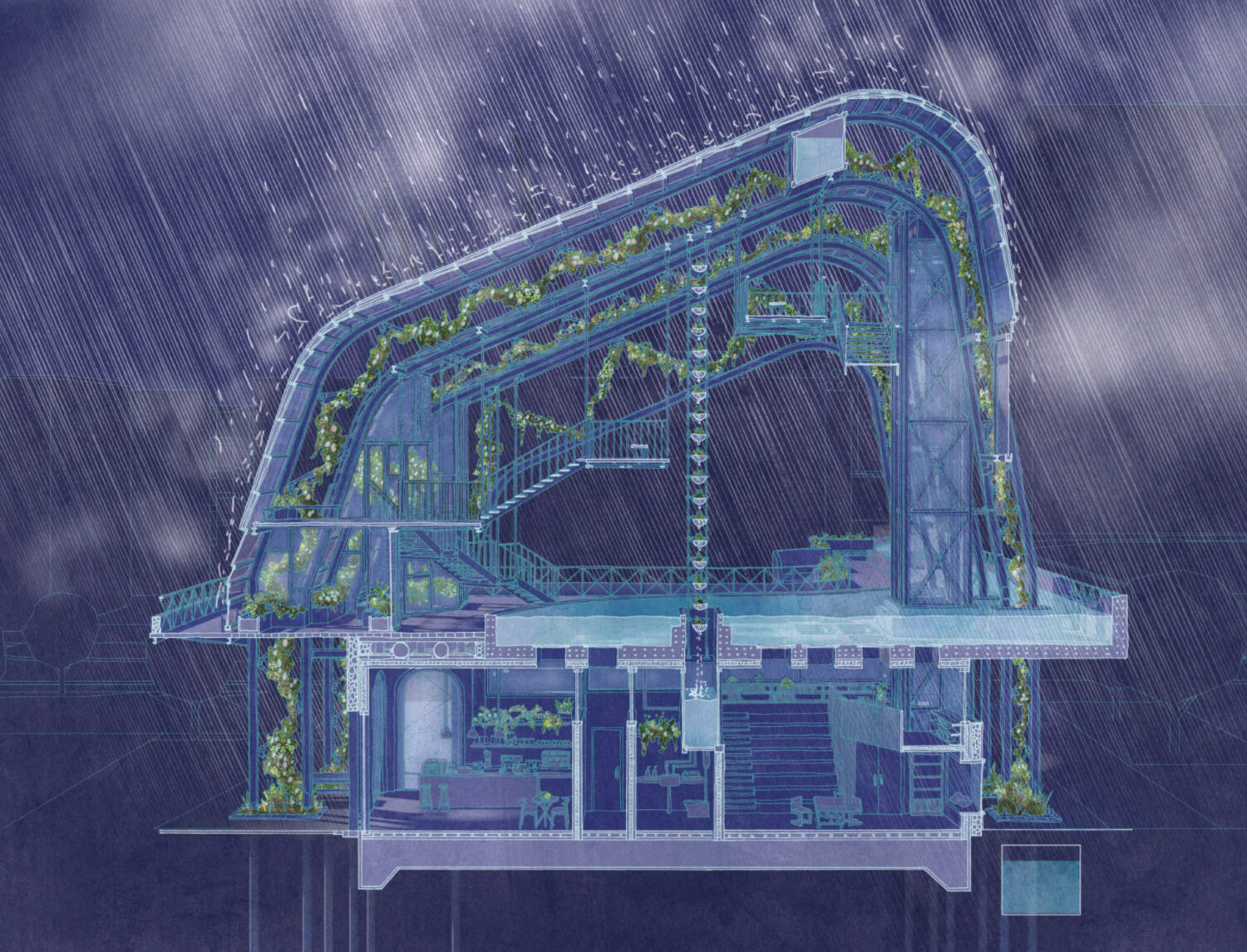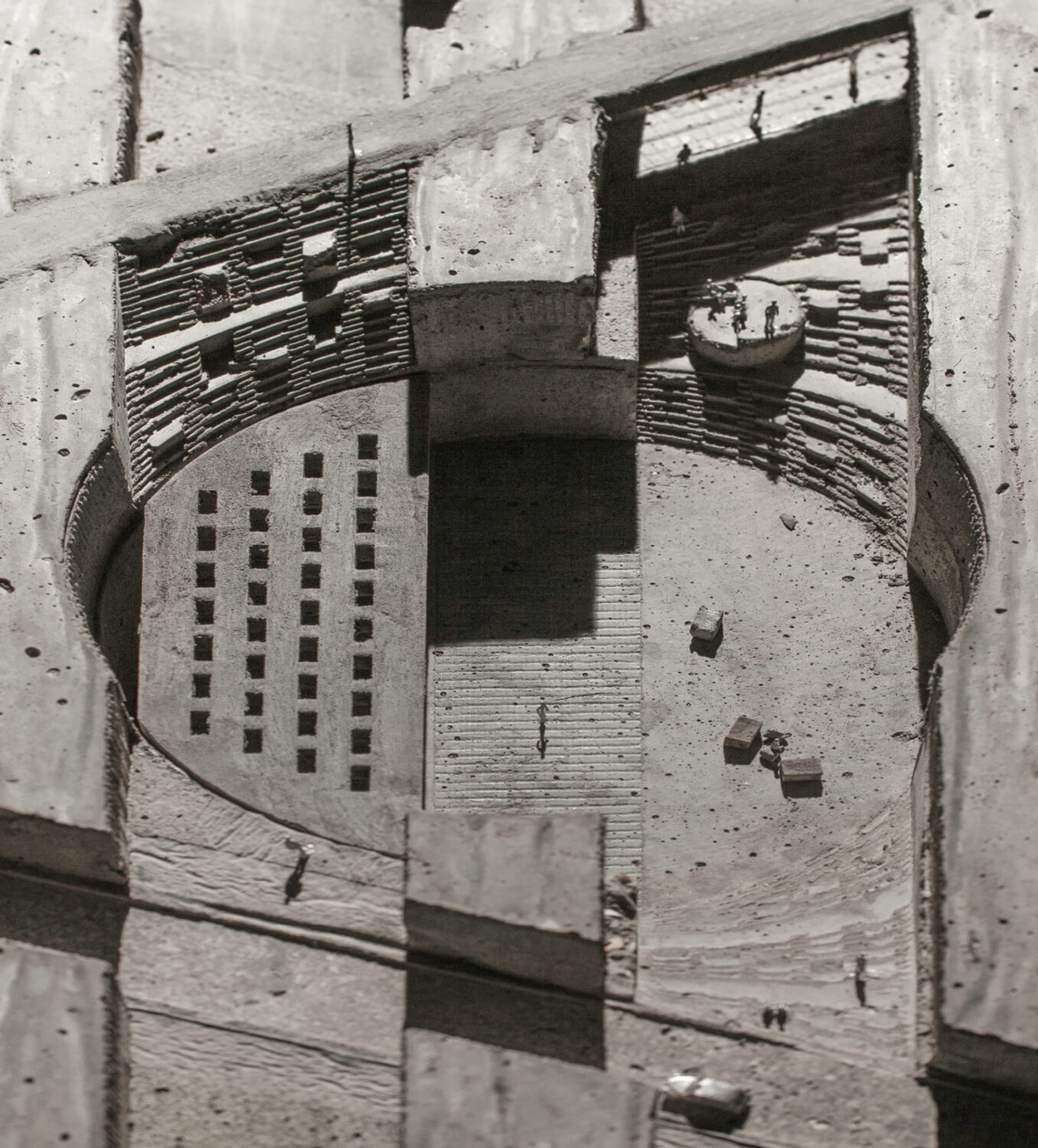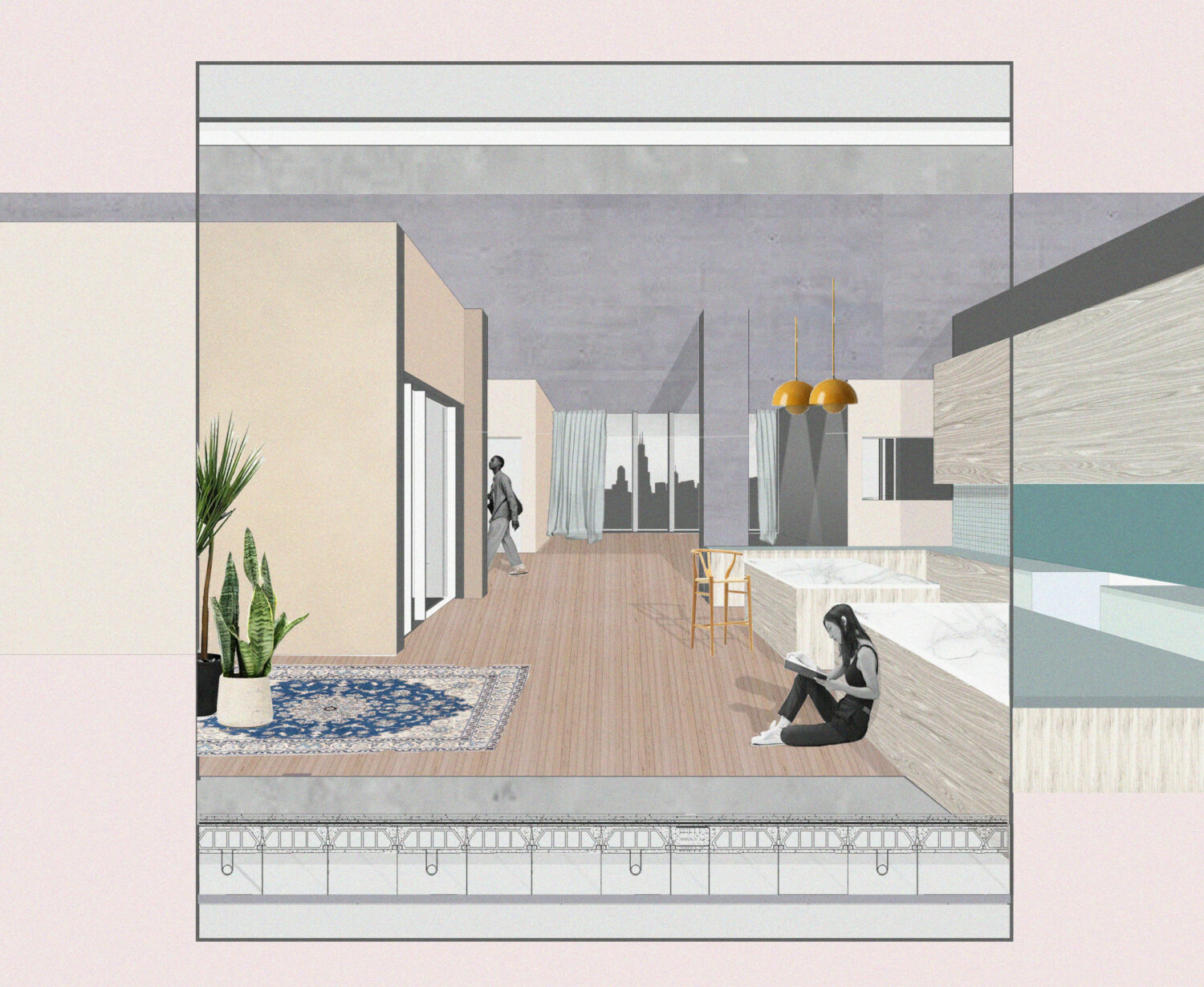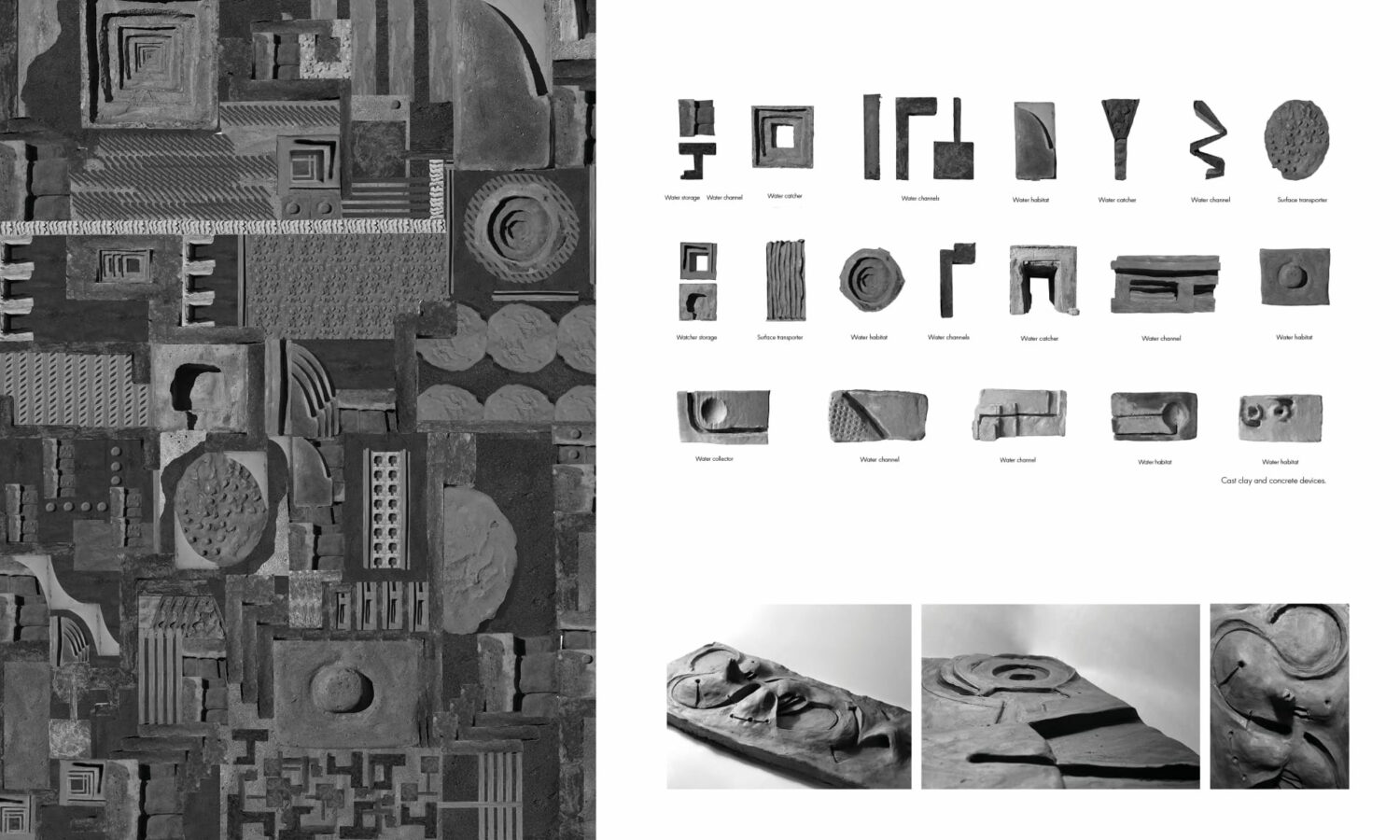6 Architecture Graduates Reimagining The Future Of The City
By Something CuratedLondon is home to a number of outstanding and forward-thinking architecture schools, among them, the Bartlett School of Architecture, the Architectural Association, and the Royal College of Art, to name a few. While cities become increasingly overcrowded and the pandemic has shed a new light on the need for space, and resources are spread increasingly thin, a number of burgeoning practitioners are proposing alternative, and ideally more sustainable, ways to built and exist in the city. Exploring potential futures of urban living, within the context of the city’s landscape as well as the resource relations linked to the facilitation of urban life, Something Curated takes a closer look at the compelling projects of six recent architecture graduates, imagined across Lebanon, Nigeria and the UK.
Carrie Coningsby

The research project of Bartlett MArch student Carrie Coningsby, Hydrosocial Cities, explores the contradictory logic of the term “Privately Owned Public Spaces” and applies it to London’s Privately Owned Water Network. The result is a multi-scalar design process that aims to re-socialise water within the public spaces of Greenwich Peninsula. It does this by implementing an incremental masterplan that makes the water network visible through a series of interconnected pieces of landscape, infrastructure, building and hydrological processes. The project critiques the dominant, hegemonic and Western mode of knowing and representing water that has been described by Political Ecologists as Modern Water. Modern Water is a way of knowing, accounting for, and representing water apart from its social, cultural and historical contexts and it has defined the infrastructure, planning and management of water in cities for the past two centuries.
Mohamad Riad Yassine
Architectural Association student, Mohamad Riad Yassine’s project proposes a gradual reclamation of the roofs of Beirut. The burgeoning architect notes: “Beirut is an environment that has failed its people. As the public institutions failed to supply enough power and water, the people of Beirut find themselves forced to make use of fuel-powered generators and water tanks. The people of Beirut have shown a will to reclaim the city. In the 2019 protests, people expressed distrust in the public institutions and reclaimed the streets as their own. The rooftop being the furthest floor from the street, it is the furthest one can be from the public realm. It is the deepest part of Beirut. As a response to this occupation the project proposes the construction of technical platforms that take the form of monsters. The ironic appearance of the infrastructural objects aims to stand as a critique of their necessary existence. In a way, unmasking the infrastructure.”
Przemyslaw Rylko

The British Library is the biggest library in the world, amassing more than 170 million items. Its printed collection occupies over 750km of shelving. The British Library also holds a copy of every book published in the UK or Ireland. Every hour 20 books are published in the UK alone. Adding to this number are books that are acquired from other countries, meaning that the library has to add more than 8km of shelving every year. As the library decided against expanding its spaces dedicated to book storage at its St Pancras site, it has moved almost half of its collection elsewhere. Conceived by Bartlett MArch student, Przemyslaw Rylko, British Library North, imagined in Leeds, proposes to create an outpost for the library. Exploring the role of the library in the 21st century, the scheme mixes analogue and digital, extraordinary and everyday, monumental and intimate, past and future, within a single building.
Carolina Gilardi

The housing crisis in London has been tackled in many ways. Amongst them is the transformation of obsolete office stock into residential buildings, a phenomenon that has received a lot of attention because of its substandard production. Nonetheless, vacant office buildings are recently built, well-serviced and centrally located assets. At the same time, the growing demand for the intertwining of living and working, new attitudes towards wellbeing and localism, and an inherent concern for extended mobility systems, call into question the character of central areas and make their transformation a topical case. AA postgraduate student Carolina Gilardi’s work looks at office towers, and particularly to the deep block, as a morphological opportunity to transform the way we live in the city.
Remi Kuforiji

Royal College of Art alum Remi Kuforiji is a London based spatial practitioner and researcher, currently exploring the intersections between the politics of race, coloniality, cartography, performance, and “more-than-human” metabolism. His postgraduate project Water No Get Enemy: Counter-Cartographies of Diaspora aims to develop a model of resistance to neo-colonial practices of crude oil extraction and ecocide in the Niger Delta. By learning from indigenous epistemologies archived in Nigerian masquerade, the project proposes a new masquerade: a method of cartography that critiques harmful extractive practices by bringing multiple diasporic sites into dialogue through performance. Through conversation and collaboration with activists, artists, architects, researchers and performers from Nigeria, Water No Get Enemy proposes an innovative method of analysing resource relations between extractors and sites of extraction.
Thea Brooman

Central Saint Martins’ BA Architecture graduate Thea Brooman’s The Weather Station explores the circularity of water through the collection, transportation, storage, and use of precipitation on the Camden Highline. This focus has led to the project engaging with the site’s climate and the imminent threat of climate change. It particularly focuses on mitigating any future unpredictable effects of the Urban Heat Island Effect (UHI) in London and highlights how interconnected channels, systems and processes can allow for water to be used to benefit animal, plant and human life. The structures within The Weather Station act as a poetic and practical investigation that views both landscape and architecture as one. The landscape acts as a catchment area, whilst the proposal uses a series of structures, inspired by early water devices, to integrate a pedestrian access route into the existing site.
Feature image: Przemyslaw Rylko